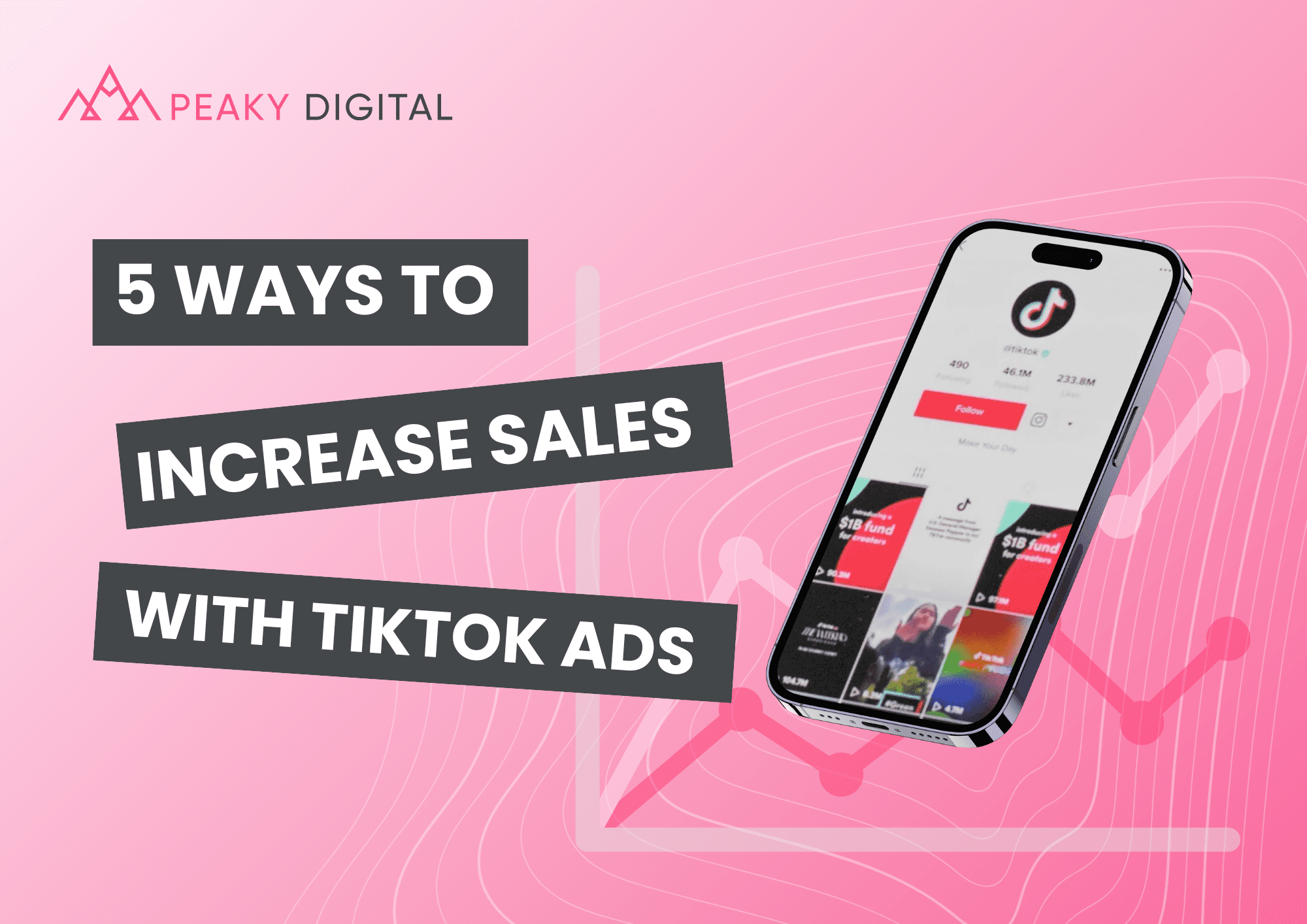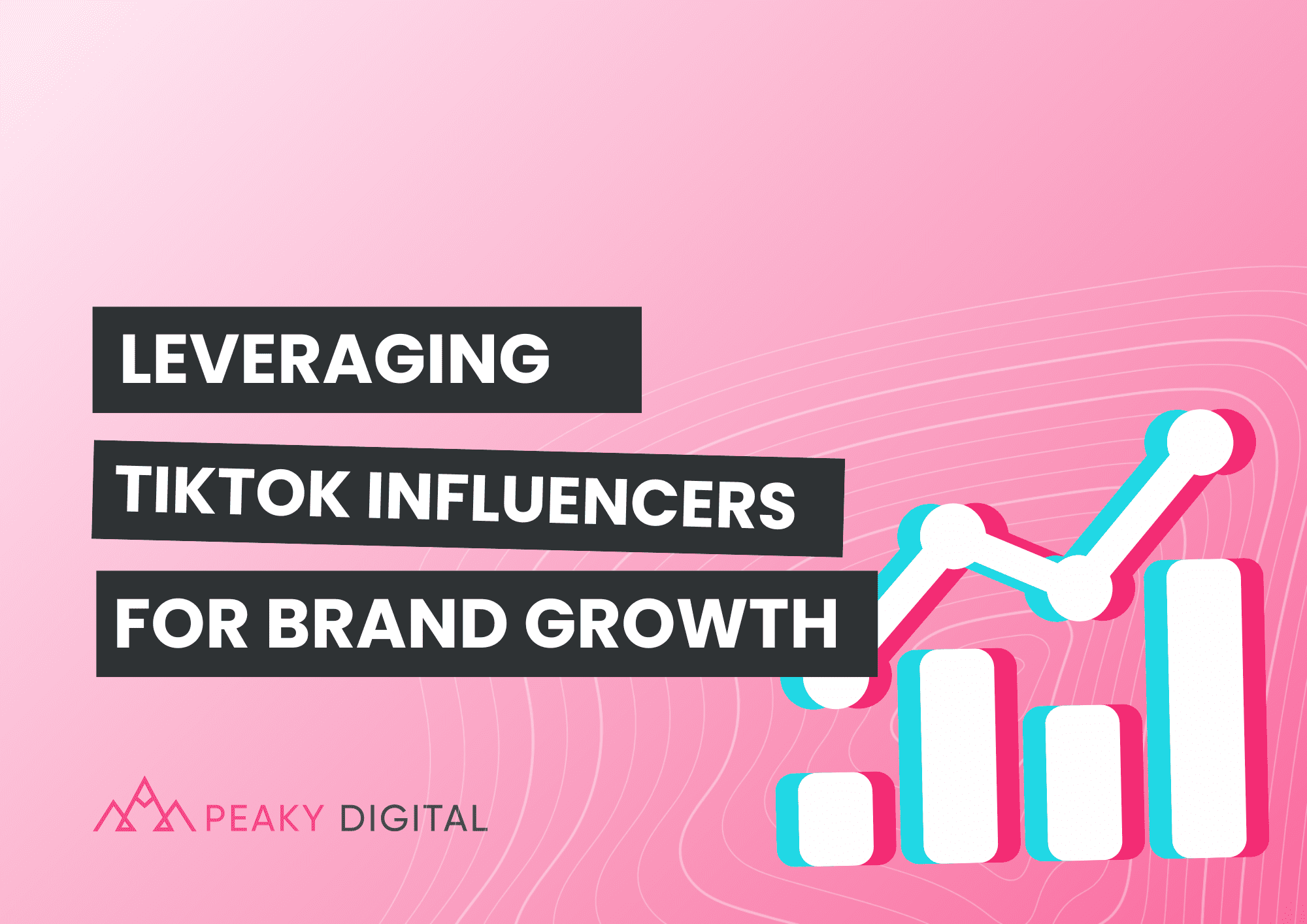
Unlocking New Audiences: Amazon Sponsored TV Ads Arrive in the UK
Jul 26, 2024
At Unboxed 2023 Amazon introduced Sponsored TV, a brand-new self-service advertising format with no minimum spend…
by Natalie Temple
Dec 16, 2016Brand Awareness, Conversion Optimisation, SEO, Strategy

Before you can start thinking about implementing techniques in order to help you improve your SEO, you must first consider what you’re hoping to achieve from your campaign. There are many different strategies you can follow, each with their own benefits, but not every one will be right for your business. What works well for one website may not be suitable for another, so deciding which direction you need to take is very important.
This is particularly important for new businesses, but all companies will follow this strategy to a degree, even the biggest ones. Just take a look at a single ad-break during one of your favourite TV shows, and you’ll see the equivalent of a brand awareness campaign. Some of the most well known companies (e.g. McDonalds, Coca-Cola) churn out advert after advert in order to keep their brand in the public’s mind. You wouldn’t think that they needed to, as they are so ingrained as a part of our society, but they do. The reason we all know these brands so well is because we encounter them on a regular basis. That’s brand awareness.
In order to increase your customer base and convince people that you are the company that should be perceived as synonymous with your industry keywords, you have to make them aware of your brand.
There are lots of SEO techniques that work towards this end goal:
Whilst most SEO strategies concentrate on bringing users in to the website, this strategy concentrates on reaching out to your target audience in order to guide them towards a conversion.
We mentioned above that users put more trust in companies that have an active social media presence, but they also look to other users for feedback. It is believed that other people’s opinions of a product/service are the most important factor a potential customer takes into consideration before choosing your company. Have you ever bought anything online, been unsure, and checked the reviews of the product? Outreach and engagement is all about increasing the possibility of positive reviews of your business.
In a lot of ways, this is very similar to brand awareness, but with more focus on engaging directly with your potential customers. There’s even an overlap in the techniques that you can use to promote healthy engagement:
Unfortunately, there are some websites that receive lots of visitors, but rarely receive conversions. If you fall under this category, then you definitely need to look at conversion optimisation as a strategy to implement.
There could be a number of reasons as to why your website isn’t converting. Whether it’s an out-dated design that wards of f potential clients, a poorly laid out website, or not enough incentive for users to convert, there are steps you can take to improve your conversion rate.
Brand awareness, business growth or a bigger and better ROI, our team of digital specialists are here to help you get the most from your brand. Let's start a new partnership today.

Jul 26, 2024
At Unboxed 2023 Amazon introduced Sponsored TV, a brand-new self-service advertising format with no minimum spend…

Jul 26, 2024
Has your eCommerce brand been struggling with a plateau in sales lately? Maybe you’ve found that…

Jul 25, 2024
Although platforms like Facebook and Instagram are staples of social media marketing, TikTok has emerged as…